New Year may be the world’s most universal holiday, but how (and even when) it’s celebrated varies across the globe. Once filled with regional superstitions, ushering in the new year today focuses more on reflection and celebration, but everyone around the world approaches it a little differently.
USA: The Ball Drop in Times Square
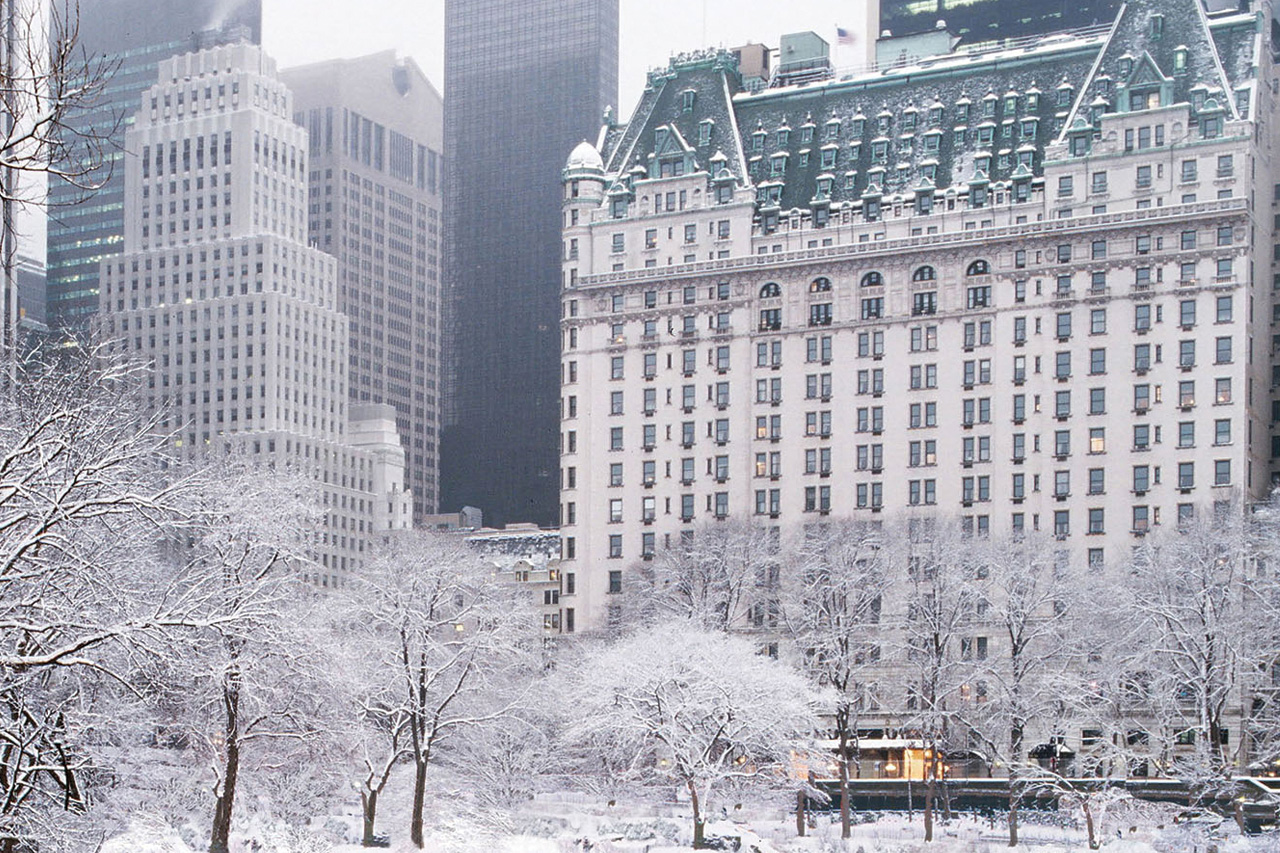
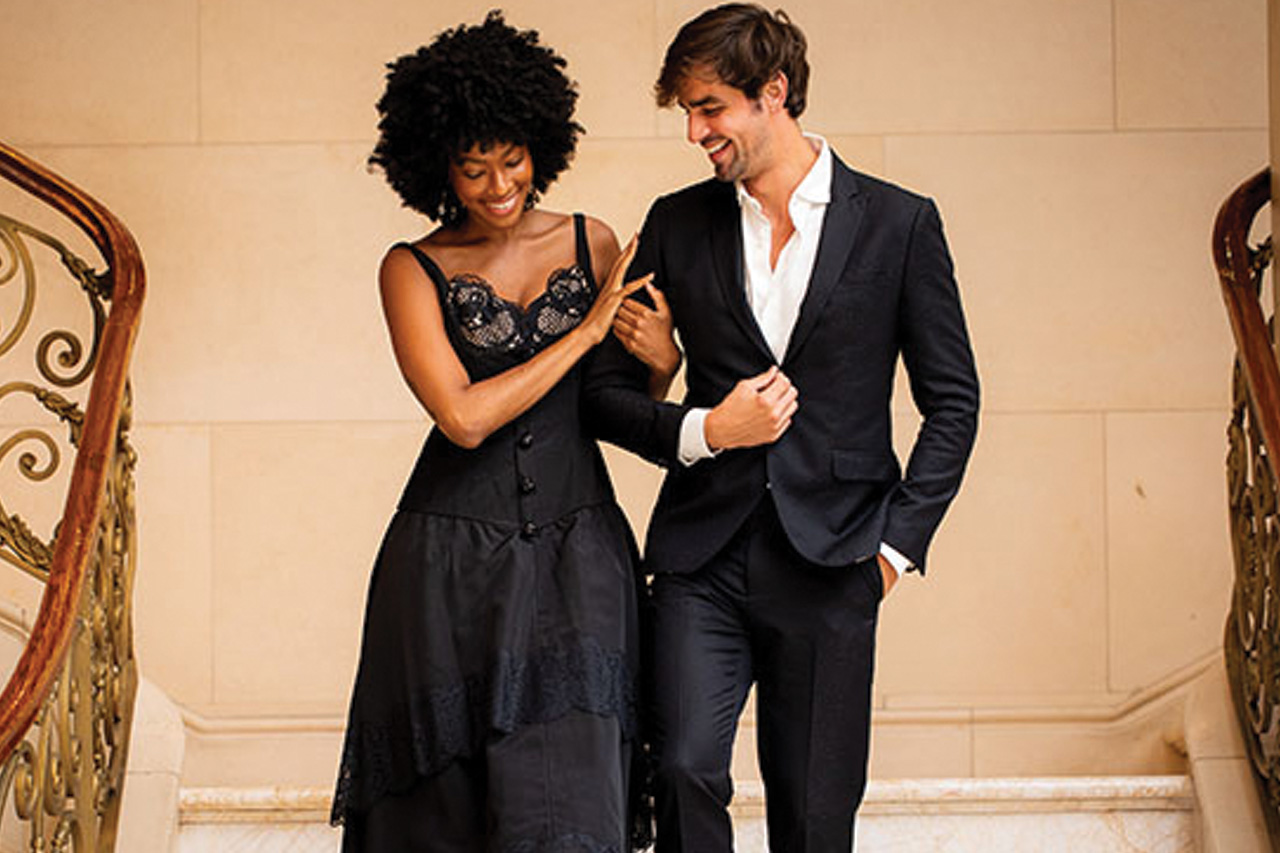
American New Year’s traditions are as varied as the country’s inhabitants. For example, traditional good-luck foods in the South include black-eyed peas and collard greens, while those with Irish heritage are more likely to feast on corned beef and cabbage. Many view January 1 as an opportunity for reflection, making resolutions for the new year or attending prayer services. Others focus on the celebratory aspect. The New Year’s Eve countdown to midnight is often marked with a kiss, noisemakers, fireworks or a Champagne toast.
Nowhere is that countdown bigger than Times Square in New York City, where thousands of revelers watch a nearly 6-ton lighted ball drop. The tradition dates back to 1907, when that lighted ball weighed a mere 700 pounds. The event is free to the public, but you’ll need to come early since space is first come, first served. Make your NYC holiday extra memorable with luxury accommodations at The Plaza.
South Korea: Bell Ringing at Bosingak Belfry
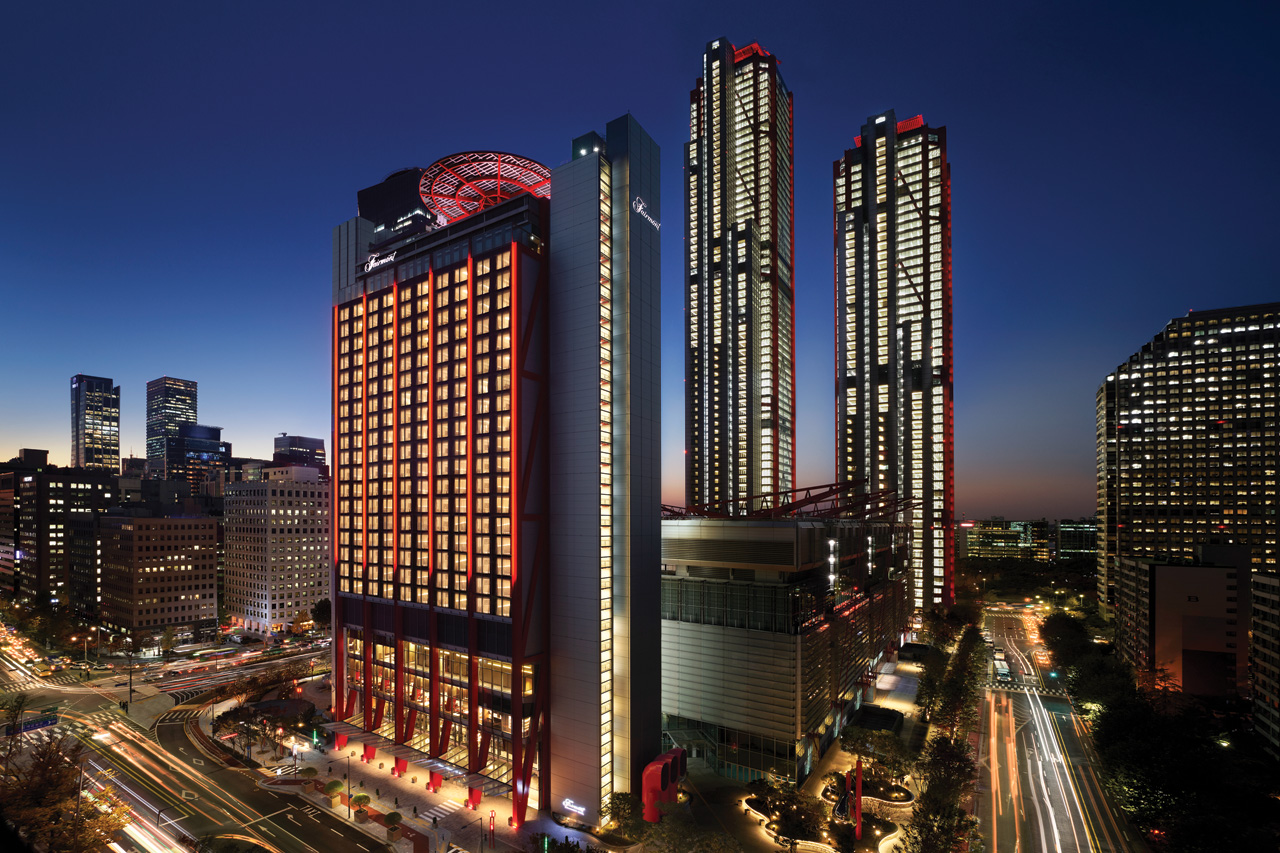
Whereas Americans watch a ball drop in Times Square, the citizens of Seoul gather at Bosingak Pavilion to witness the ceremonial ringing of an enormous bell. In ancient Korea, the bell rang to mark the opening and closing of the city gates. Now it’s rung 33 times at midnight on January 1 to mark the closing of the old year. A complementary tradition is to greet the new year at sunrise. You can even attend a sunrise festival that includes music, fireworks and food.
The new year also coincides with Seoul Lantern Festival, and while the festival is closed New Year’s Day, you can witness the fanciful lanterns that illuminate the city before and after the holiday.
A little later in January or February, Koreans celebrate Seollal, the lunar new year. The three-day festivities center on family with people visiting and paying respects to their elders as well as honoring their ancestors.
If you’re visiting Seoul for either New Year, book your stay at Fairmont Ambassador Seoul for an unforgettable setting.
India: Diversity and Dancing
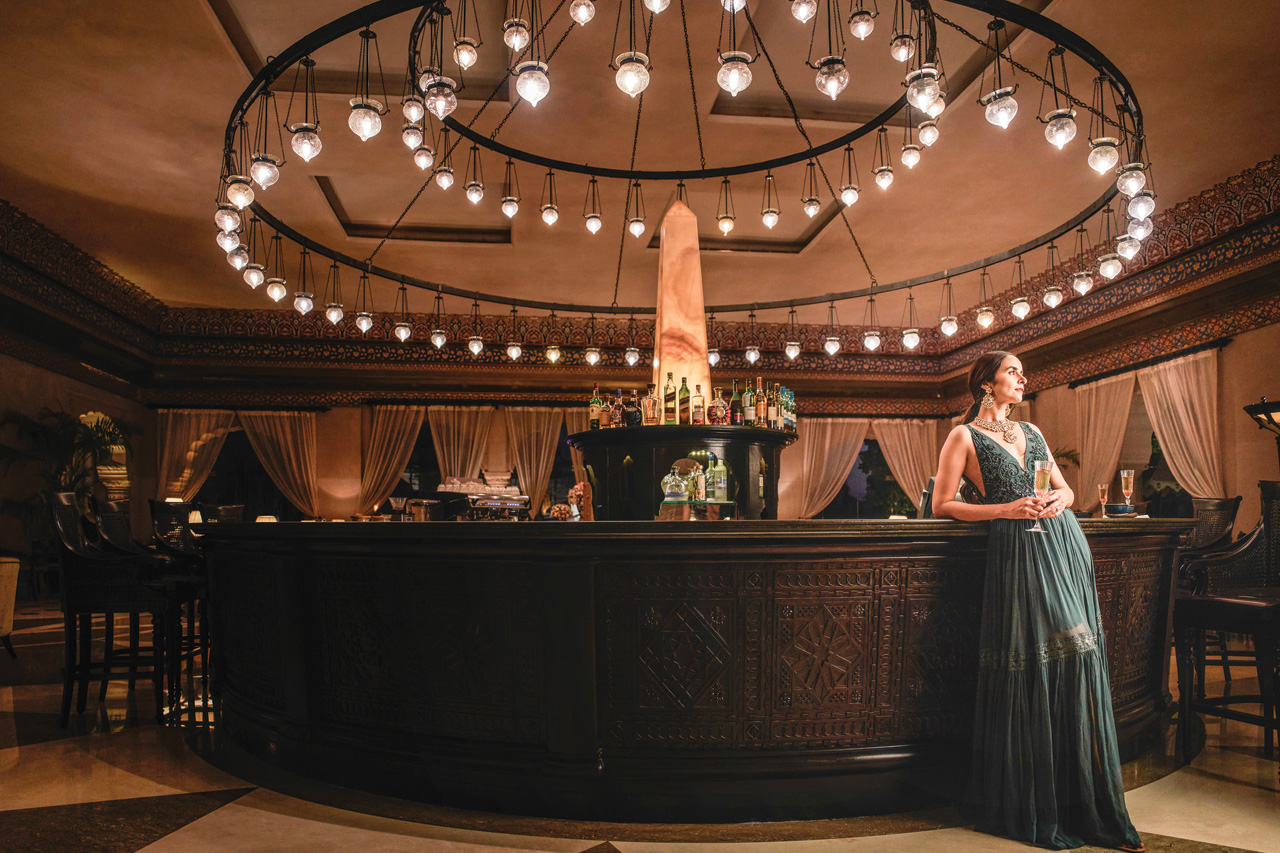

Perhaps the most diverse assortment of New Year celebrations exist in India, where the new year and its traditions vary by state, religion and ethnic background. For example, in Gujarat, people celebrate the day after Diwali (October/November) with new clothing, homemade sweets and household decorations. In Maharashtra, Hindus celebrate around March/April with decorations that include a gudi, a religious symbol of victory composed of a bright flag wrapped atop a pole and capped with a metal pot, mango leaves and flowers.
In addition to the eclectic regional festivities, the inhabitants of India come together to celebrate the Gregorian New Year as well with a traditional countdown to January 1. The holiday is marked by making resolutions, wearing colorful attire, and attending parties and public extravaganzas.
The New Year’s party scene is strong in Jaipur, where you can dance to DJ-driven beats at numerous nightclubs or a hilltop blow-out at Nahargarh Fort. After the party, unwind in elegant accommodations at Fairmont Jaipur, and start the next year with pampering at Ruhab Spa.
Morocco: A Healthy Family Feast
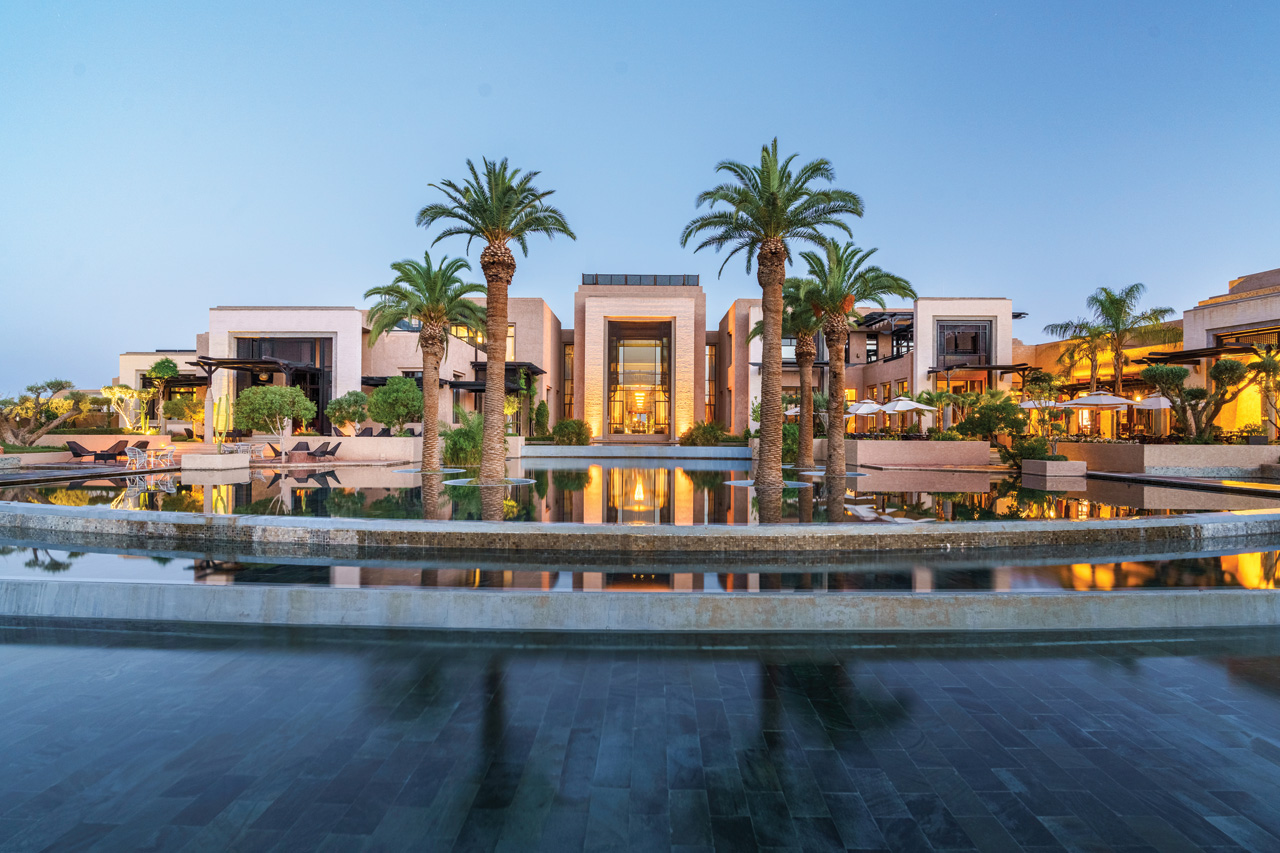
In Morocco, citizens get three chances to celebrate the new year. While the Gregorian New Year holds religious significance to Moroccan Christians, January 1 is celebrated mostly as a secular holiday with plenty of traditional foods, shopping sales, and big concerts and festivals that draw young party-goers. Marrakech is one of the cities best known for its lively New Year’s festivities with nightclub parties and specialized dining. Guests at Fairmont Royal Palm Marrakech can ask the concierge for venue recommendations.
On January 12, Moroccans observe Yennayer, the Amazigh New Year. An ethnic group spread throughout North Africa, the Amazigh celebrate the start of the agricultural year with a focus on nature, prosperity and fertility. One highlight of this family-focused holiday is a specially prepared, healthy (frequently vegetarian) meal. A favorite dish is tagoula, a grain-kernel dish (similar to grits) served with butter or argan oil and often festively garnished with nuts and dates. Traditionally, the cook hides a date pit inside, and whoever finds it is said to have good luck for the next year.
Taking place in July 2024, the date of Hijri (or Higgrea) New Year changes depending on the Islamic calendar. This religious observance marks the beginning of the Islamic calendar and is observed with sunrise prayers and mosque services.
Great Britain: Fire Festivals and Fireworks

Britain has its share of historic new year traditions and superstitions, such as first footing, which ascribes the year’s luck based on who first enters your house, and opening the door at midnight to let the old year out. Many customs varied (and still do) by region. In Wales, children used to go door-to-door with a gift called a calennig (usually a decorated apple), singing in exchange for goodies. Gift giving is still practiced in the country today, with money and bread and cheese being the popular, modern presents of choice.
Several towns in England and Scotland still hold fire festivals in which flaming torches, swinging fireballs or burning drums accompany parades. London fireworks, a more recent tradition, launch from the South Bank after Big Ben has chimed in the new year. Just across the river, The Savoy offers a luxurious place to view the show, drink a Champagne toast and clasp hands with friends for a verse of the traditional New Year’s song, “Auld Lang Syne.”
Wherever the new year takes you, create unforgettable moments with Fairmont Hotels & Resorts.
